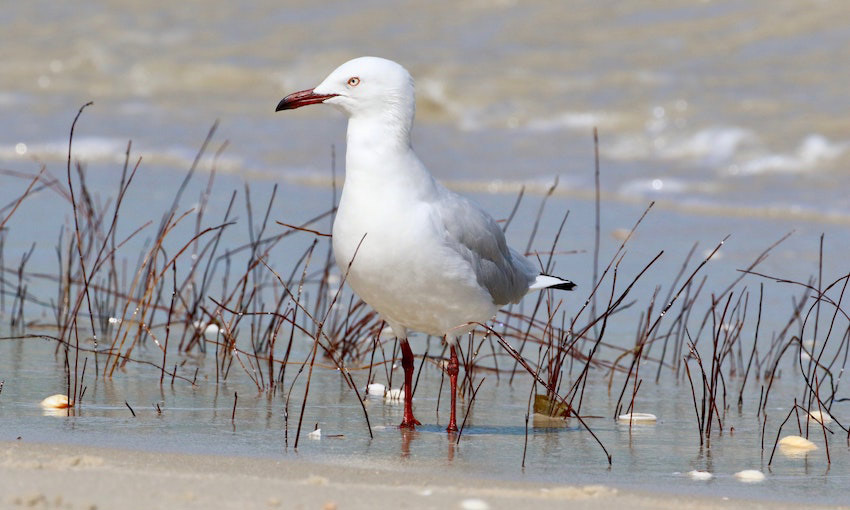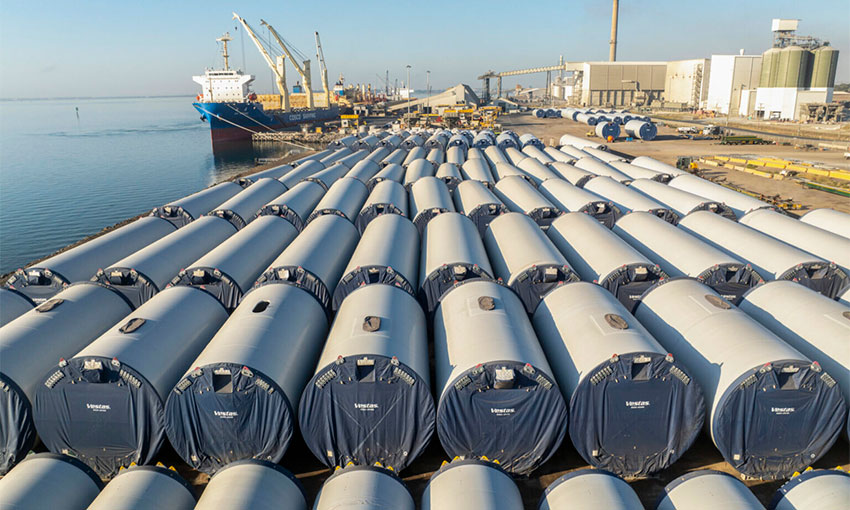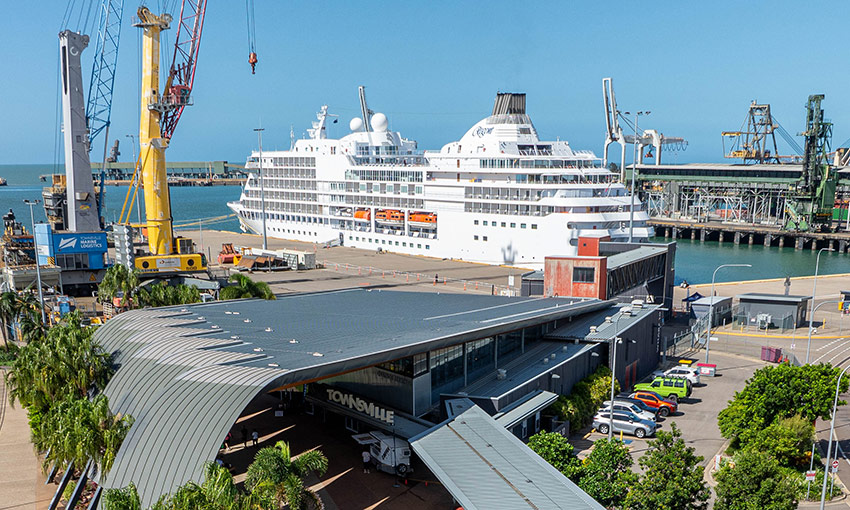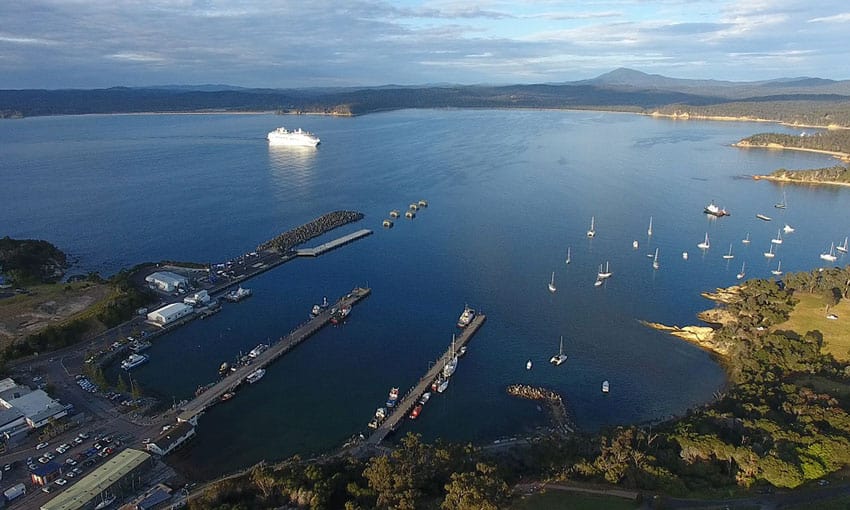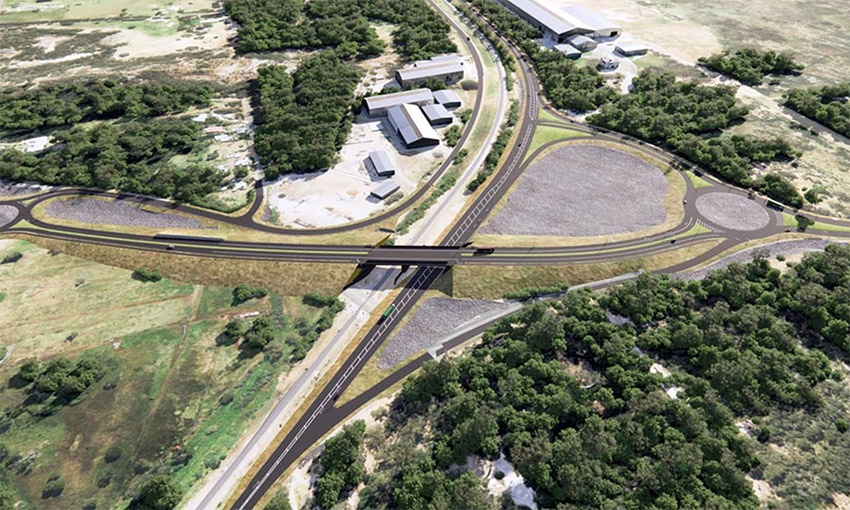TASPORTS is stepping up efforts to manage some unique problems seagulls are causing for Tasmanian ports and visiting vessels.
It is currently breeding season for Australia’s most common and recognisable species of seagull: the silver gull.
TasPorts environment and sustainability manager Susan McLeod said the silver gull species positions itself near human activity, making ports and infrastructure targets for the birds.
“Being near the water and close to food sources, both natural and waste foods, means that our ports are a great hang out spot and breeding location,” Ms McLeod said.
“Our management strategies include preventing unnatural feeding behaviours, discouraging visitors at our ports from feeding the birds and installing bins that are covered.
“Discouraging the birds from roosting and breeding in particular port areas, but still coexisting is part of the strategies TasPorts are looking to implement state-wide.”
Large numbers of birds have reportedly become a concern for port users because of aggressive behaviour around breeding season, which falls between late August and early February.
The birds also create problems because of their impact on surrounding infrastructure, particularly as droppings contaminate work areas, cargo and equipment.
TasPorts’ assistant operations supervisor Stephen Beer said a lot of hours have gone into management of the silver gulls, particularly in Port of Hobart, which is a home port for Antarctic research vessels.
He noted biosecurity concerns related to excess droppings on cargo and equipment to be shipped to locations such as Antarctica.
“We have a number of stakeholders around the port who have an expectation of site cleanliness, particularly when we have the Antarctic research vessels in port, contamination of these vessels can have dire consequences if not acted upon before departing for the Southern Ocean,” Mr Beer said.
He said it results in additional cleaning and cost prior to heading south to ensure the Antarctic continent is not contaminated by waste, which is especially difficult during breeding season.
In Tasmania, silver gulls frequently breed on harbour breakwaters which are usually constructed of large boulders, sometimes in association with reclaimed land.
“Particularly over the breeding season, we can see literally thousands of silver gulls around the Port of Hobart,” Mr Beer said.
“Even during the Covid pandemic, when there were less people around to scavenge from, they were still here in numbers.
“It can actually get a bit overwhelming at times.”
TasPorts said working to change the behaviour of the seagulls has involved collaboration with professional bird management consultants.
Some silver gulls can live up to 30 years and are a protected species in Tasmania, meaning management of their habitat has to be carefully considered.
TasPorts said a key requirement of its dedicated bird standard, approved in 2021, is for each port to develop a port-specific bird management plan that prioritises methods that prevent and deter birds from nesting, roosting and loafing at the port.
The standard outlines measures such as lids or covers on bins prevents attracting birds to the port, and installing spikes, nets and wire mesh on structures deters birds from landing on surfaces and building nests.
Sprinklers and scare cannons may also be used to make areas less attractive.

